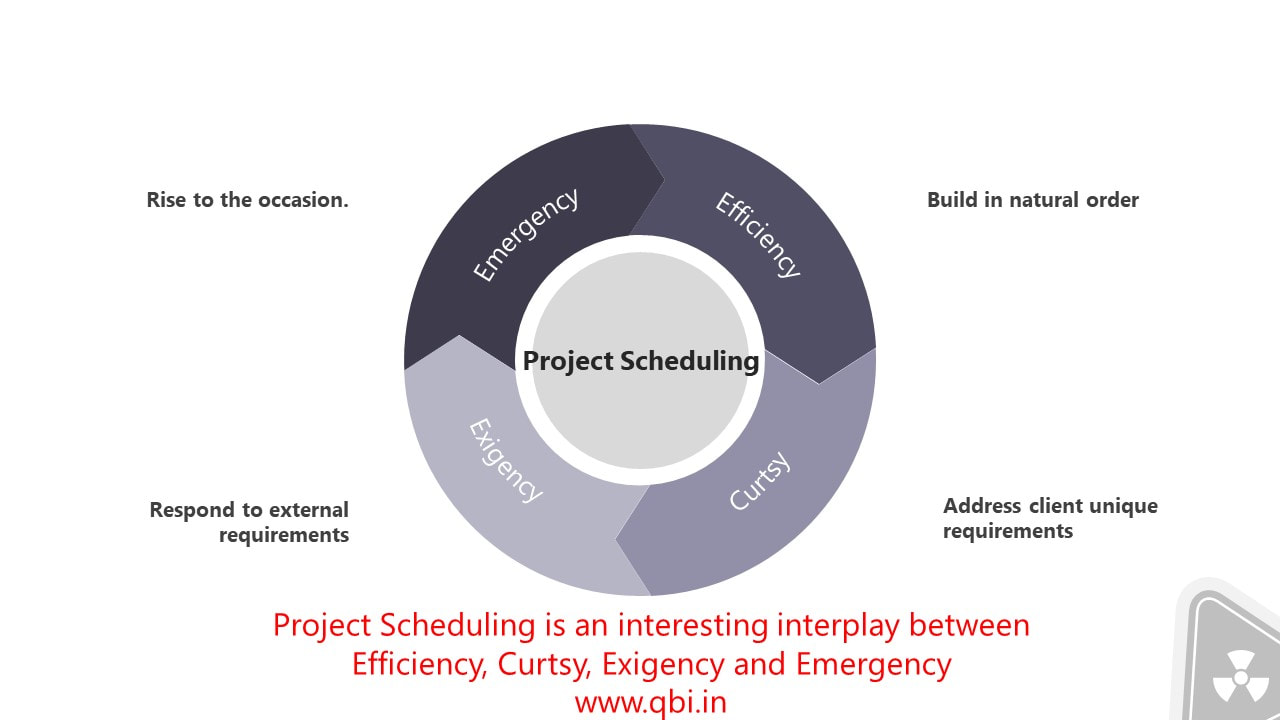"Failing to plan is planning to fail." - Alan Lakein
- Efficiency: Prioritizing for efficiency means considering the natural order in which project modules should be developed. This involves sequencing requirements based on their interdependencies, ensuring that foundational components are built before more complex features. By adhering to this order, the development process becomes smoother, as modules are constructed in a logical and progressive manner. Example: You have to build a software system for your client which has functionalities for
- Employee Database
- Employee Attendance
- Leave
- Payroll.
- Curtsy: The 'Curtsy' approach focuses on client satisfaction by giving priority to requirements that are most important to the client. These could be features that directly address the client's needs, preferences, or competitive advantages. By putting the client's wishes at the forefront, the project is more likely to result in a product that meets or exceeds their expectations. Continuing with our earlier example project let us say this project takes 4 months to complete and let us hypothetically assume each of the 4 modules will be delivered in 4 iterations or 4 delivery cycles or 4 sprints. However the client has to start his business and has the preference to immediately mark the attendance to start with. In this case the project can be taken up with capturing / importing say employee id (unique) , employee name and moving ahead with the attendance module.








 RSS Feed
RSS Feed